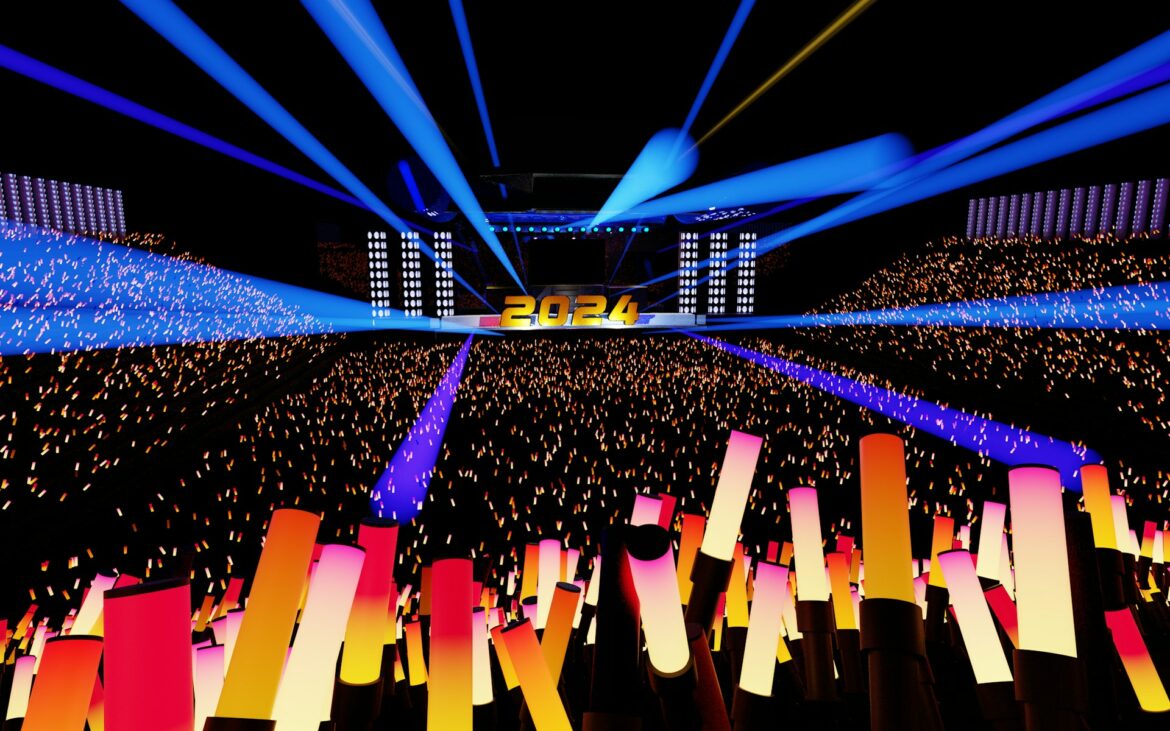In recent years, the landscape of live music has experienced a significant transformation. Virtual concerts, once considered a supplementary way for fans to enjoy performances, have now become a mainstream alternative, especially during global disruptions like the COVID-19 pandemic. As technology advances, both artists and audiences are exploring new ways to connect through digital platforms. But the question remains: are virtual concerts here to stay, or are they just a fleeting trend? In this article, we’ll delve into the growth and appeal of virtual concerts and examine whether they might replace traditional live music events in the future.
Exploring the Growth and Appeal of Virtual Concerts
The popularity of virtual concerts has skyrocketed over the past few years, largely driven by global events that restricted physical gatherings. Streaming platforms such as YouTube, Instagram, and specialized services like Live Nation’s Veeps have made it easier for artists to reach worldwide audiences instantly. These concerts often feature high-quality production, interactive elements, and accessibility that traditional venues cannot always provide, making them attractive to a broad demographic. Fans can enjoy performances from the comfort of their homes, which eliminates logistical challenges like travel, ticket costs, and venue capacity limits.
Beyond convenience, virtual concerts have opened up new creative avenues for artists. They can incorporate visual effects, augmented reality, and other digital innovations that heighten the overall experience. Additionally, artists benefit from the ability to perform multiple shows in different time zones without the physical and financial constraints of touring. This democratizes access to live music, allowing fans who might not have the means or opportunity to attend in-person events to participate and engage with their favorite performers in real time.
The appeal of virtual concerts also lies in their interactivity. Many platforms offer chat features, virtual meet-and-greets, and exclusive behind-the-scenes content, creating a sense of community and intimacy that parallels, or even exceeds, the atmosphere of traditional concerts. Furthermore, data and analytics from digital events help artists and organizers understand their audiences better, enabling more personalized and targeted experiences. As a result, virtual concerts have quickly established themselves as a versatile and innovative facet of the live music industry.
Will Virtual Concerts Replace Traditional Live Music Events?
While virtual concerts have gained significant traction, the idea that they will fully replace traditional live music events remains a contentious topic. Live performances in physical venues offer sensory and social experiences that are difficult to replicate digitally. The energy of a crowd, the atmosphere of a concert hall, and the feeling of shared collective joy are integral to many fans’ enjoyment. For many artists, the physical presence of an audience fuels their performance, creating a dynamic that is hard to match through a screen.
Moreover, live concerts often serve as social and cultural gatherings, fostering communities and shared experiences that extend beyond the music itself. Whether it’s a festival, a club night, or an arena show, these events often become memorable milestones and cultural moments. Virtual concerts, while innovative, lack this tactile, communal aspect that many fans cherish. Additionally, some genres and performances thrive on the intimacy and rawness of a physical environment, which digital formats may struggle to emulate convincingly.
However, virtual concerts are unlikely to completely displace traditional events in the foreseeable future. Instead, they are more likely to coexist as complementary options. Hybrid models, combining in-person and virtual elements, could offer the best of both worlds—enhancing accessibility while preserving the unique qualities of live, physical gatherings. As technology continues to evolve, the live music industry might evolve toward more integrated experiences, where virtual and real-world concerts work hand-in-hand to enrich the musical landscape.
The rise of virtual concerts reflects a broader shift toward digital engagement and innovation within the live music industry. While they’ve demonstrated remarkable growth and offer distinct advantages, they are unlikely to fully replace traditional live events, which hold irreplaceable social and experiential value. Instead, the future of live music may well be a hybrid landscape, blending digital convenience with the irreplaceable energy of physical presence. As both fans and artists adapt to these changes, one thing is clear: virtual concerts are here to stay, shaping a more inclusive and technologically advanced musical future.

